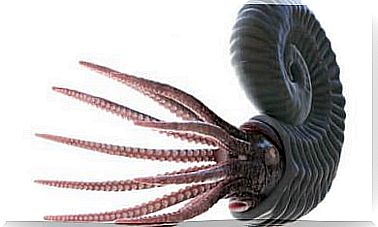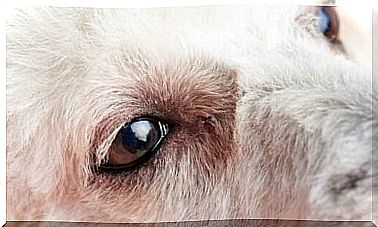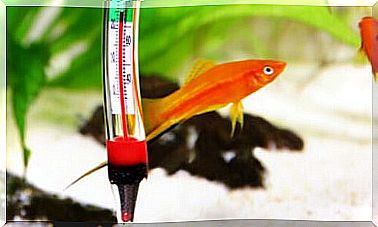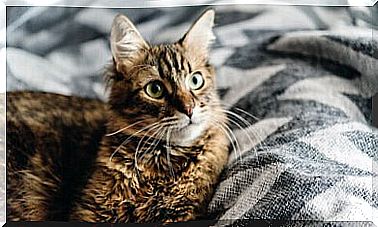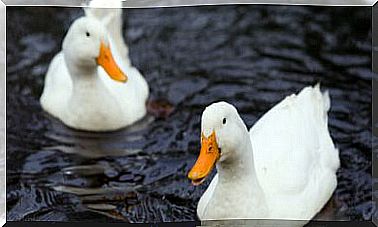Atta Laevigata: One Of The Most Common Leaf-cutting Ants
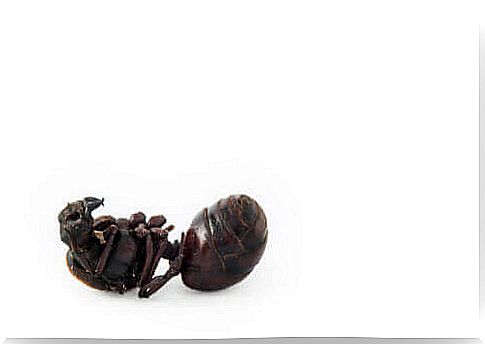
There are numerous species of leaf-cutting ants. However, perhaps none of them are as illustrious as Atta laevigata, better known as the glass-headed saúva. In addition to its characteristics, today we are going to discover its culinary value in some regions of Latin America.
How many species of leaf-cutting ants are there?
Leaf-cutting ants are mainly grouped into two genera: Acromyrmex and Atta. Altogether, there are about 45 species, which inhabit both the central and southern parts of the Americas.
As common characteristics, stand out its ability to cut and process vegetable matter and its association with other small organisms: fungi. After removing the pieces of leaves, the ants take them to the anthill. Once in the nest, these leaves will serve as a growth medium for certain fungi, which will then serve as food for the rest of the colony.
Characteristics of Atta laevigata
The glass-headed saúva, whose official name is Atta laevigata, was first described in 1858 by Frederick Smith, a distinguished English naturalist who specialized in hymenoptera.
This species is known by several names, according to the geographic area in which it is found. Thus, in Colombia, it is called mayera while Peru is known as ant sikisapa or culona .

Among its most distinctive features, the Atta laevigata has a shiny, smooth head, very distinctive in larger workers. Your body is made up of an exoskeleton that ends in a pretty large abdomen. This ant also has three pairs of legs and one pair of wings.
Hierarchy in the anthill
As with many other species – ants and other invertebrates such as bees – there is an established social scale in the anthill. In the colony, which can house up to 3.5 million individuals, there are several different roles :
- The most basic role is that of the worker, responsible for cutting, collecting and transporting the plant material to the anthill.
- Soldier ants can drag larger leaves and, thanks to their strong jaws, serve as a defense against intruders.
- The workers attend to all the needs of the queen of the colony.
- Finally, we have the queen ant, responsible for ensuring the colony’s descent.
Among these functions, there are small variations in the distribution of tasks, related to the size of each individual. In fact, leaf-cutting ants are believed to be one of the groups with the most biological polymorphism, along with humans.

Atta laevigata and gastronomy
The glass-headed saúva was a food source for hundreds of years and its origin is found in the indigenous people of the Guanes. Currently, this species is collected and various edible products are produced with it, including the famous saúva sauce.
During the rainy season, queen ants emerge from their nests, and this is when they are collected. This process is slow and complicated, as soldier ants often try to defend the queen using their jaws.
Once the ant is collected, the body is separated from the wings and feet. With a clean abdomen, they are roasted and cooked in a skillet. In some countries, such as Colombia or Peru, they are considered a real delicacy, even being a common gift at weddings, as they are considered an aphrodisiac food.
What is certain is that these ants have a high nutritional value. According to the most recent studies, Atta laevigata contains high levels of protein and a very low fat content.
